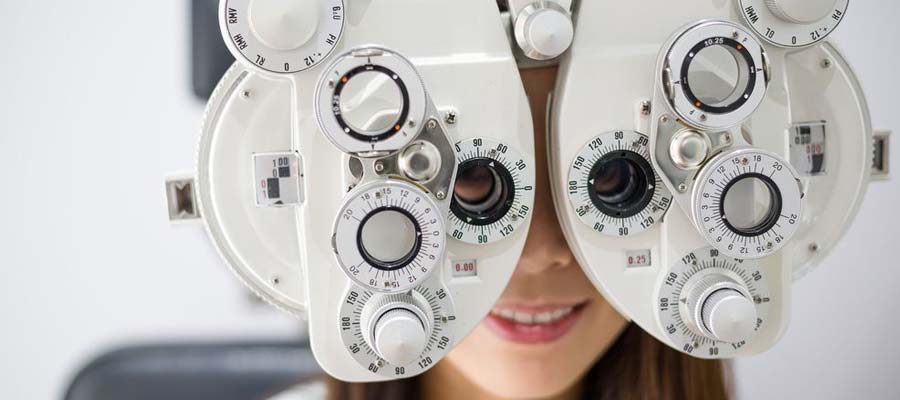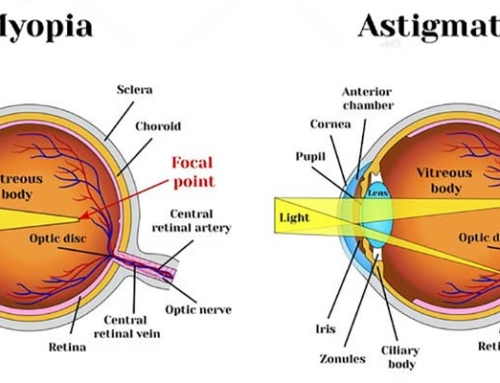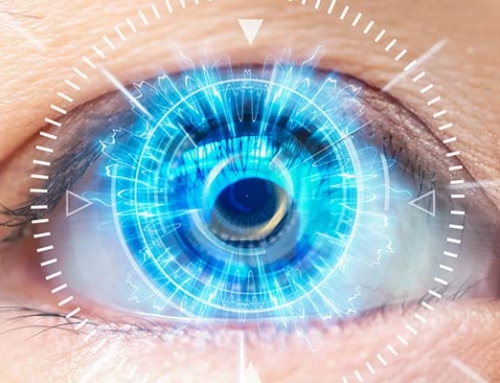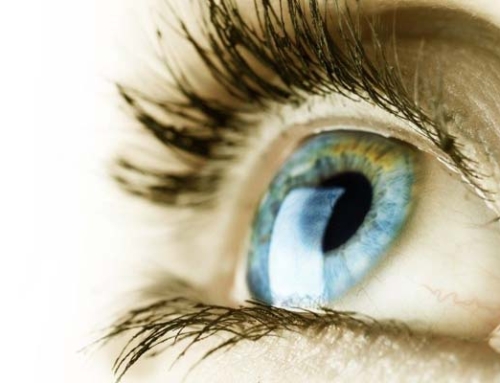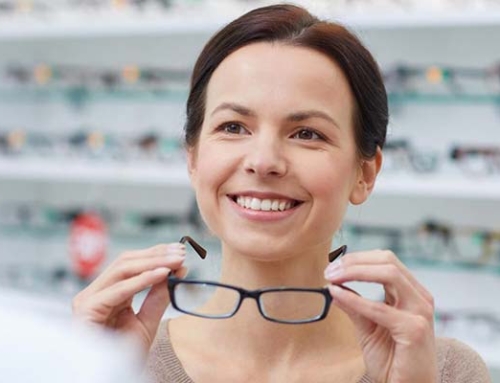Myopia is also known as nearsightedness in which a person can see objects nearby clearly, but has difficulty seeing objects farther away. The far objects are visualized blurred and unclear. Myopia occurs when the shape of the eyes causes the light rays that enter the eyes bend or refract in a way that it forms the image in front of the retina instead of itself. The two major reasons for this are long eyeballs and cornea that are too curved.
Nearsightedness can affect children as well as adults and may gradually develop and often worsen as time passes by. In some individuals, myopia shows a genetic trend and may run in families. A basic eye examination is sufficient to diagnose this condition.
Myopia affects nearly 30 percent of the U.S population. According to the World Health Organization (WHO), the prevalence of myopia is increasing worldwide at a very high rate. Also, this has been linked with increased risks of vision impairment, glaucoma, cataract, and retinal damage. The statistics show that about 1.89 billion people experience myopia around the world, and if the projections remain the same, about 2.56 billion people will suffer from this condition by the end of 2020.
Uncorrected refractive error is regarded as the first cause of vision impairment, while undercorrected myopia is the most common cause of vision impairment.
Several factors such as genetics, environmental factors, and optical influences are identified as possible causes of myopia development and progression. These risk factors may act independently or in combination. It is believed that spending less time outdoors has linked with increased incidence of developing myopia. Reading and close-up work are also found to be risk factors. Individuals who read a lot or individuals who write or sit in front of a computer for long hours may carry similar risks. Television is another common risk factor in the modern age. Sitting in front of the TV for long hours and placing the TV at a short distance from your eyes can encourage myopia development or worsening of the condition.
Myopia can actually reduce the quality of life if not corrected. The amount of work an individual is able to do limits when there is a presence of visual disturbance. In elderly individuals, myopia can actually impair their safety and increase the risk of trauma. Buying spectacles are common but it might be a financial burden to some when frequent checkups and corrections are needed.
Myopia can be easily corrected using eyeglasses and lenses. Depending on the degree of severity, a patient will be prescribed the power of the lens. Myopia can also be treated using Ortho-k or orthokeratology. It is a nonsurgical procedure, in which a series of specially designed rigid contact lenses are prescribed to gradually reshape the curvature of the cornea. Laser treatments are also popular and show effective results. Vision therapy is indicated for individuals with stress myopia, due to spasm of the eye muscles.
If you have problems with your vision, it is wise to consult an optometrist as soon as possible. Don’t forget an uncorrected refractive error can worsen your vision.

